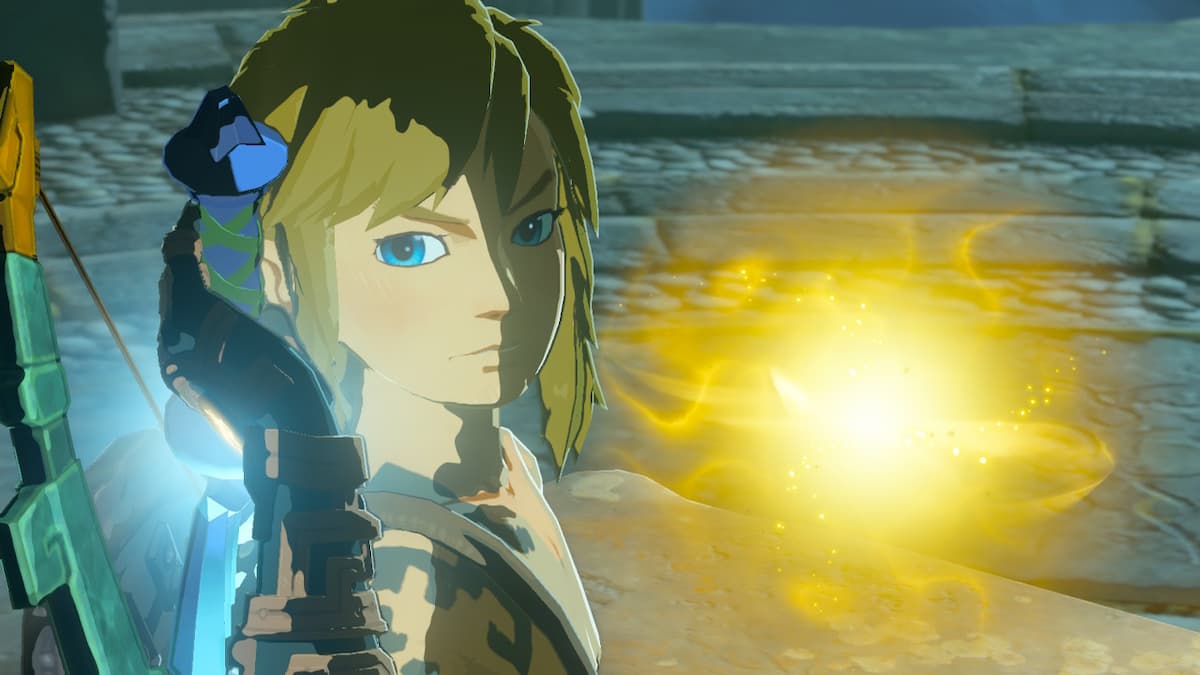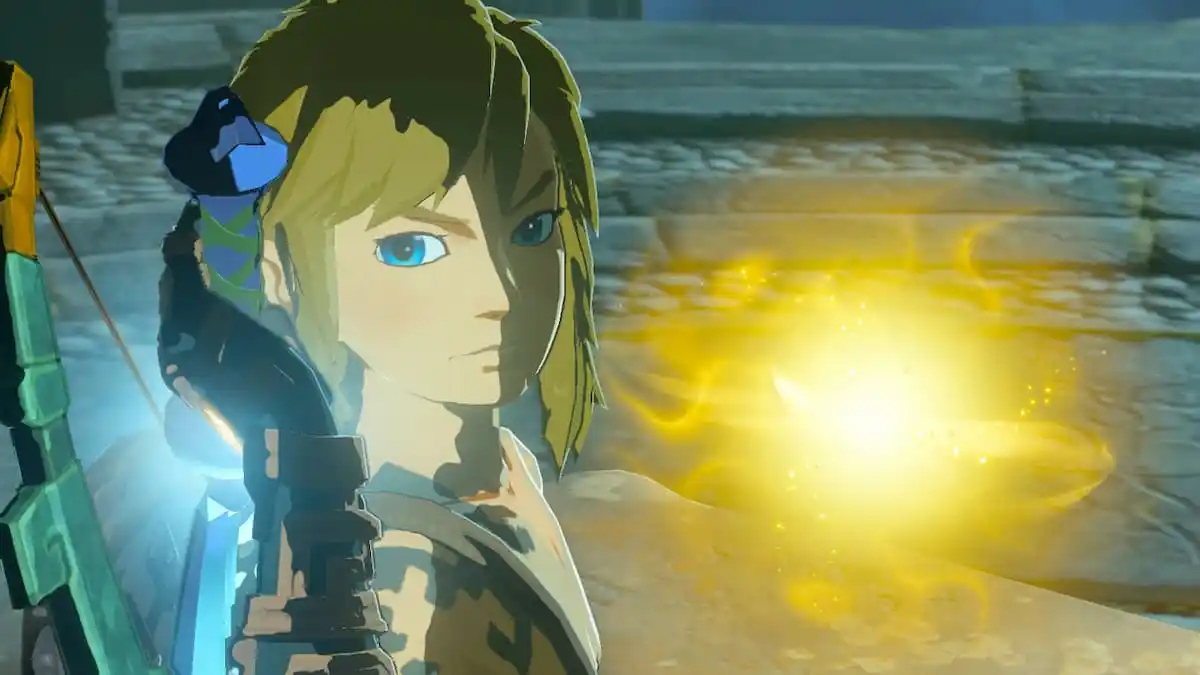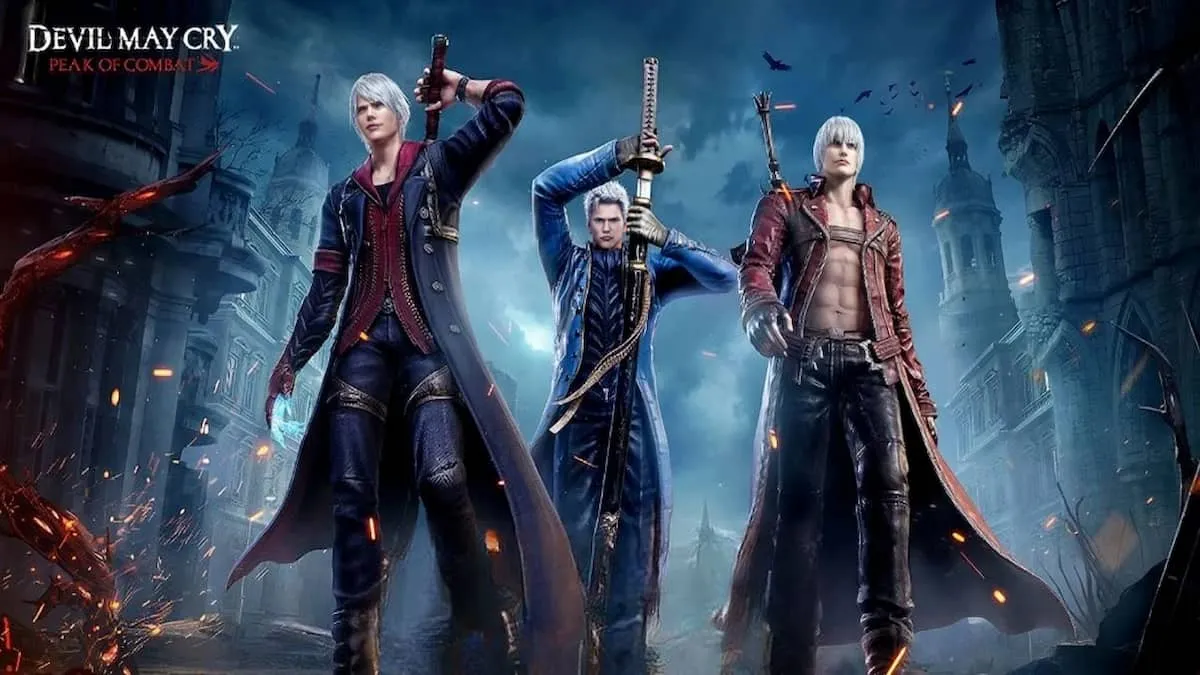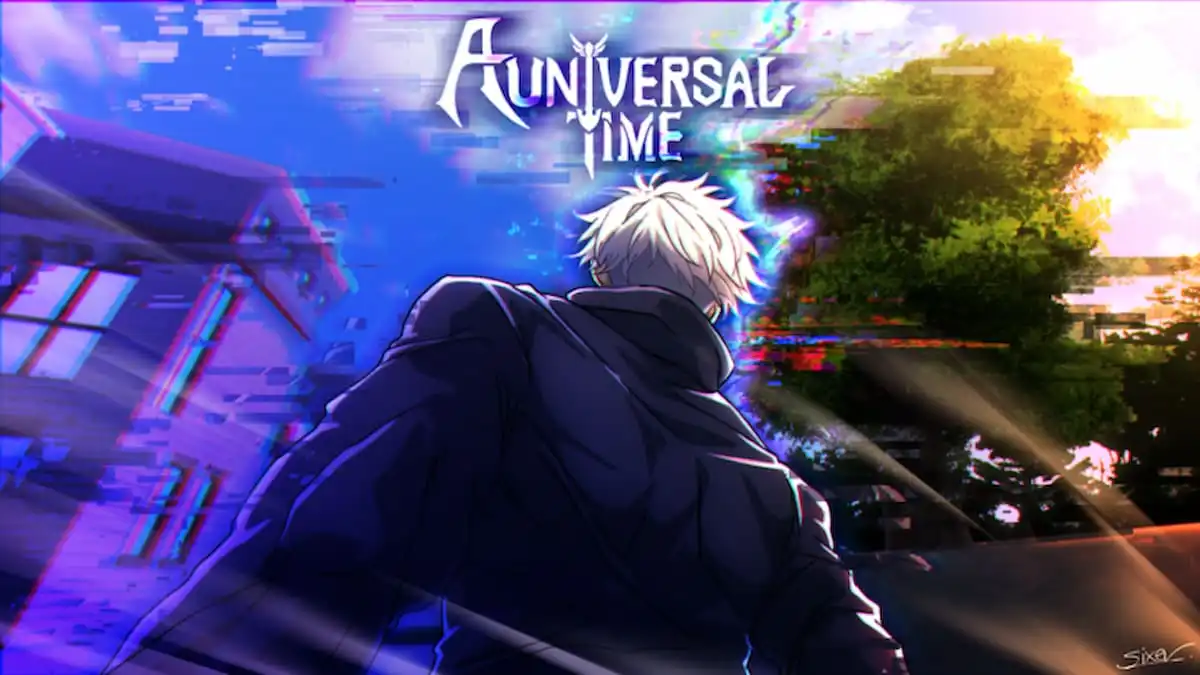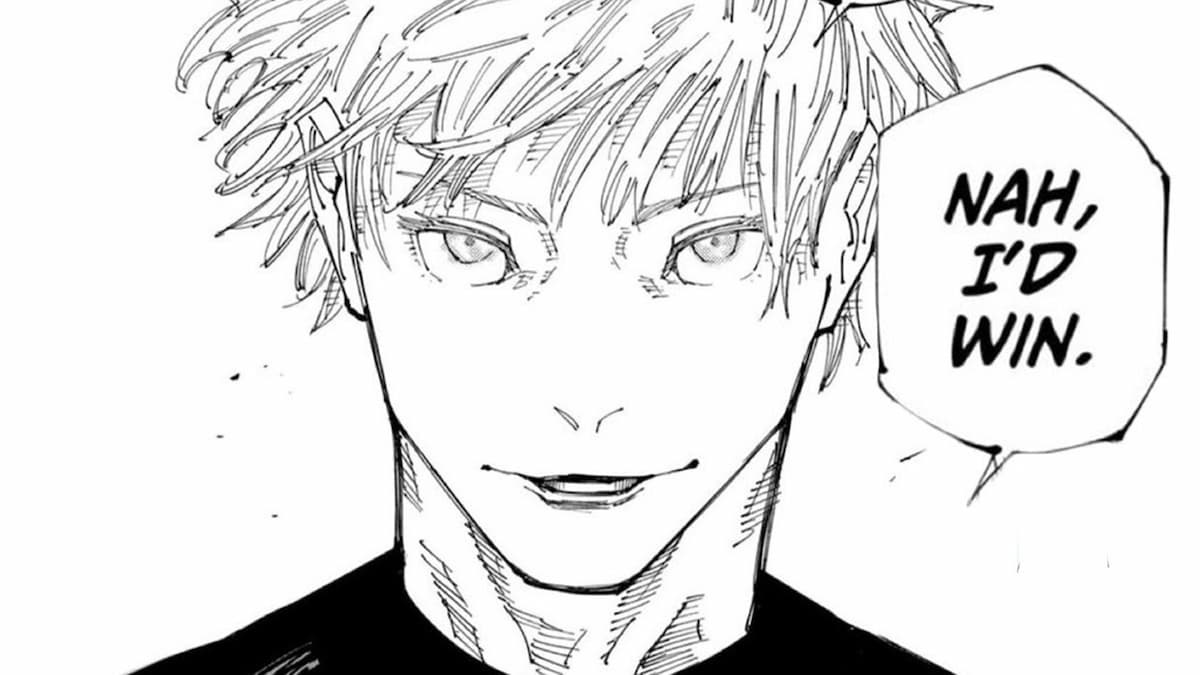Tears of joy or sadness? You decide
It didn’t take long for Zelda: Tears of the Kingdom to kick into overdrive. That’s sort of its modus operandi: it partially assumes you’ve played Breath of the Wild, and already know some of this particular timeline’s shtick and gameplay.
That’s a good thing for Tears; given how all of the improvements clean up a lot of the mechanics from its predecessor while adding a whole new layer of creativity.
The Legend of Zelda: Tears of the Kingdom (Switch)
Developer: Nintendo
Publisher: Nintendo
Release: May 12, 2023
MSRP: $69.99

This is one of the best Zelda worlds to date
Having played every game in the series, I’ve witnessed every different take on Zelda: from the sprawling to the more intimate. What Tears of the Kingdom really has going for it is variety. In addition to all of Hyrule at ground level, you also have a sky region (which doesn’t take up nearly as much space as Hyrule itself but is peppered throughout the map with some larger areas to explore), as well as underground.
I’m letting you know upfront that I’m a sucker for floating islands. But to say I felt overwhelmed at any given time playing through Tears of the Kingdom is an understatement. Rocks can fall from the sky, allowing you to “rewind” them back upward to explore more aerial ruins, and there are holes in the ground to drop into the aforementioned chasm. While exploring Hyrule I was often presented with multiple paths to discover, rather than aimlessly (and slowly) walking through just Hyrule itself.
The world has sort of entered a “WoW Cataclysm“-like state, in that it’s similar, but reinvented (as a result of being messed up by another cataclysmic event). Some towns that existed in Breath of the Wild were reduced to ruins, and some new establishments have popped up. Key locations have been shifted around a bit, new areas are in, and many old areas are remixed to the point where they feel different. Then you have the entire sky map and the underground zone.
The addition of two whole new areas should alleviate a lot of the complaints that Breath of the Wild‘s world is “boring,” but the real magic sauce is that Nintendo completely changed up how you interact with the game world.

Durability matters less, but it’s still in
Here are the big new powers that Link has at his disposal following the tutorial:
- Ascend: Rise upward into solid ground and come out the top
- Ultrahand: Manipulate objects (similar to stasis but much more interactive, and you can stick things together like glue or tinker toys)
- Fusion: Combine items to create new arrows, craft new weapons, or bolster existing ones
- Capsules: Think of them like “inventions,” like fire hydrants that spout water, or dragon heads that operate like flamethrowers
Recall is also in (which lets you rewind objects), but Ultrahand is true rocket fuel for the creative fire. To be blunt, I was blown away at how many opportunities there were to create your own tools, vehicles, bridges, and more. When you combine the ability to glue together objects like you were playing World of Goo alongside the collective new kit of Link in Tears of the Kingdom, he’s a force to be reckoned with even with just the three hearts he starts with. On the flip side of failure, I had many, many Home Alone 2 “like a rock, huh Marv” moments when I spent 15 or more minutes creating a contraption (like stairs or a bridge) to try and get to a new location: only to slowly watch in horror as it rolled down a mountain or sank into an abyss. It was a blast.
Fusion helps cut down on some of the frustration many fans had regarding weapon durability, but it doesn’t solve the situation outright. Remembering to fuse things constantly can be annoying, and there is a trial and error aspect in terms of trying to find “optimal” results. Sometimes fusing items into a combo you think will turn out great just allows a wet paper towel item to morph into a slightly less damp paper towel, which isn’t a good feeling. The best news is that if you didn’t really mind durability in the original (that’s me), you’ll feel right at home here. If you hated it, it’s a little less feel-bad depending on how you get on with Fusion.
Without spoiling all of the new unlocks, combat is much more dynamic with Fusion-based shenanigans and capsule toys. Elemental attacks are at the forefront of Tears of the Kingdom‘s fighting system, and there are more opportunities to mix and match playstyles due to Fusing items into arrows and weapons. I ended up using my bow roughly twice as much in Tears of the Kingdom as I did in Breath of the Wild, which added a lot more depth to combat beyond the typical “block/dodge/flurry” system of the latter.

So are there dungeons or what?
They’re called “temples,” but they’re basically framed like Divine Beasts. After entering them (following a questline to actually discover them), you’ll be tasked with unlocking four~ locks: attached to a door that houses the final boss.
I can hear the yawns now, but the temples are a step up from the Divine Beasts solely because of how many puzzle solutions are available with the new powers and inherent game mechanics. The sequence-breaking options alone are sick: if you put 10 people in a room and make them solve any given dungeon, everyone would do at least one lock or puzzle differently. Ascend and Ultrahand are the big fun culprits, and the Divine Beast “do any of the locks in order” sequencing works far better now that there are more ways to approach each individual problem.
I had a very similar experience with finishing shrines, which return in Tears of the Kingdom and are similarly linear. Shrines as a whole are a lot more dynamic as a result, and I’ve encountered far less frustrating puzzles compared to Breath of the Wild. The designs, in general, are looser, which not only helps get your creative juices flowing; they’re also less obtuse, and more fun.
Again, I cannot stress this enough: the powers in Tears of the Kingdom are indeed empowering. Instead of slowly climbing up a tower, you can Ascend. If there’s no land mass to Ascend to, you can typically build a bridge or a way to help cut down on a taxing climb.

The story is still in the background, and your narrative mileage may vary
The framework of the game’s main story is going to be one of the bigger sticking points as we move into the Tears of the Kingdom discourse. The faster setup helps a lot, as a lot of the pageantry of the world is not needed given the nature of Tears’ existence as a sequel.
But a lot of the narrative is still told through flashbacks (which are part of another Zelda-linked sidequest chain), and the structure itself is also similar to how Breath of the Wild’s story plays out. That said, it does kick off very quickly, in the way a direct sequel should, and it does ramp up to deliver an array of lore-heavy material. There’s some tutorializing here (especially when it comes to the new powers), but there’s a lot more urgency with the story upfront, and a little more intrigue when it comes to two major facets: the lore, and Zelda herself.
We learn about the ancient Zonai civilization, prior wars with the dark forces of Hyrule, and how Link and Zelda fit into all of it. There’s very little I can say about the story without going into spoiler territory, but suffice it to say I did enjoy the narrative a bit more this time around: even if some of its beats are humming along a little too quickly or are out of the way.

It’s Breath of the Wild plussed up, which is going to do different things for different people
Depending on your perspective, some of the features present in Tears of the Kingdom are either a comfy return home or caveats. It’s very similar to Breath of the Wild not only in structure, but in terms of core mechanics. Although “Zelda games are the same” is a criticism that’s been levied at the series since its “teenage years” so to speak, some fans see that as a boon, not a burden.
Me? I loved nearly every minute of Tears of the Kingdom. From zooming up into the sky to spelunking in the depths, there’s way more to explore here, and I feel like I haven’t even scratched the surface outside of the main story and some key sidequests. But the real kicker that helps separate Tears from Breath of the Wild is its big swing power set. I felt like I was in control at all times, and had the ability to create my own path. For a series known for sequence-breaking that’s not just a perk; it’s a strong argument for why Tears of the Kingdom will be talked about for years on end, and may even top some favorite Zelda lists.
[This review is based on a retail build of the game provided by the publisher.]
